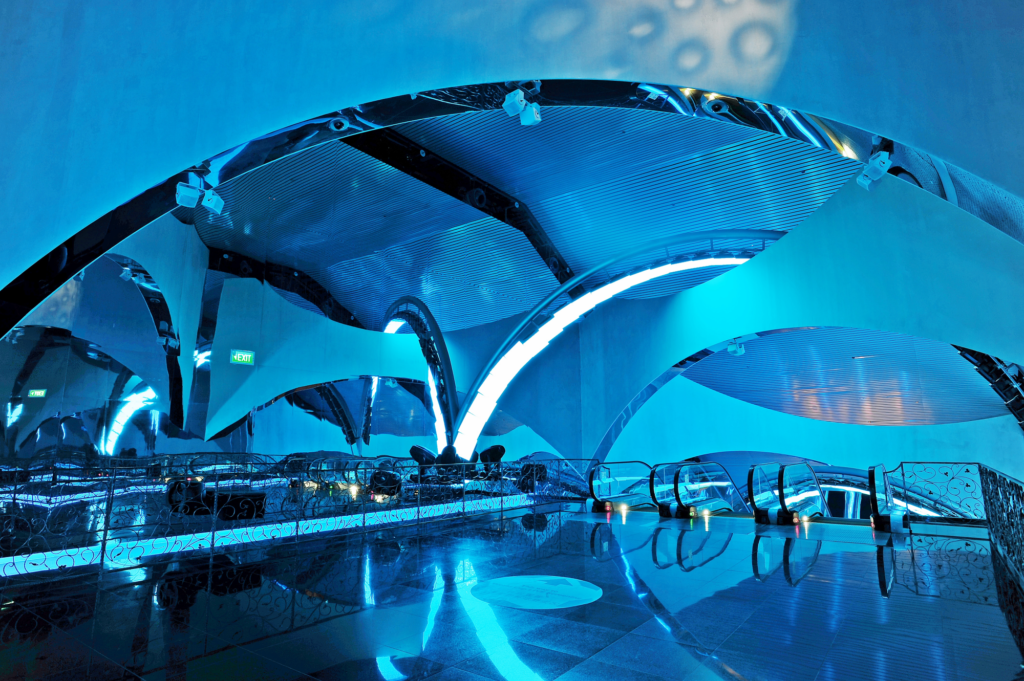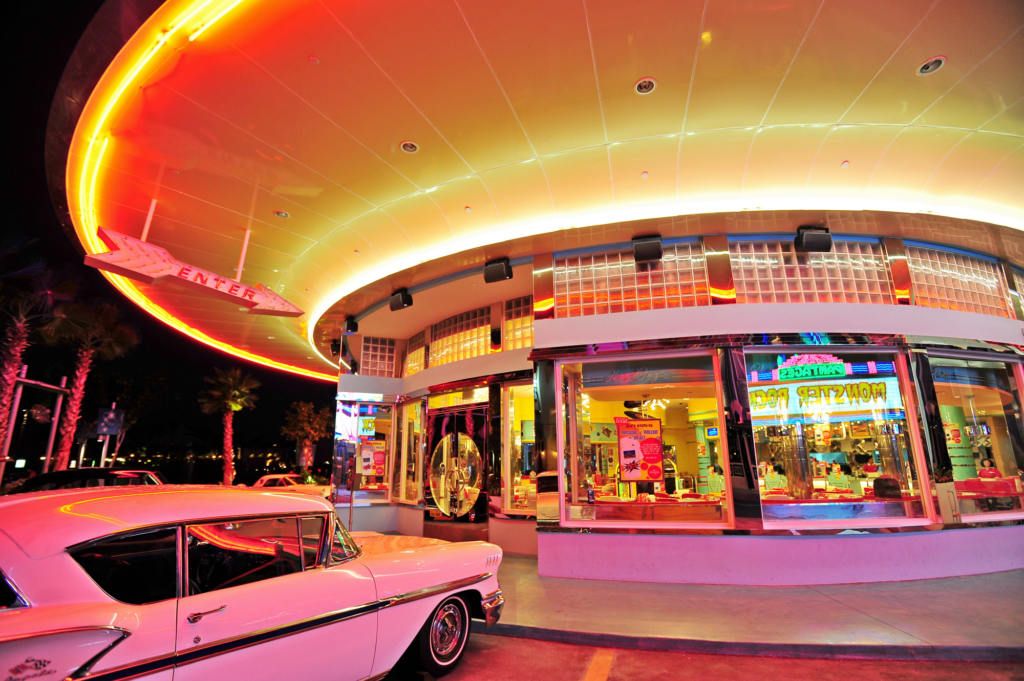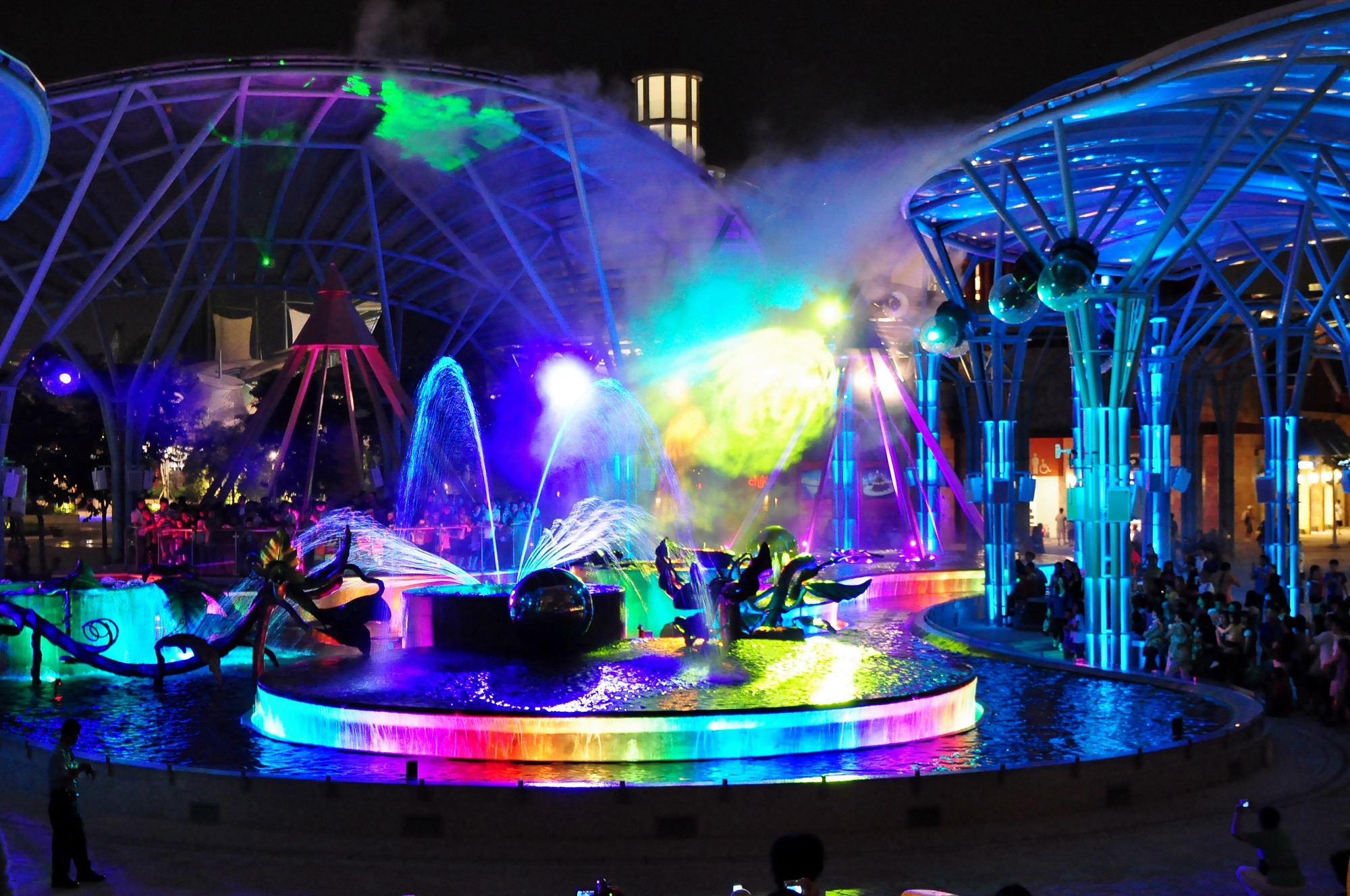Universal Studios has opened a theme park in Singapore opting for QSC systems for all sound reinforcement and background music requirements. Electro-Acoustics Systems, regional QSC distributors, supplied and installed the system that utilised the Q-SYS system platform.
Southeast Asia’s first Universal Studios theme park opened this Spring, boosting Singapore’s attempts to become a top regional tourist destination. Part of Resort World Sentosa, the park was built by Malaysia’s Genting Bhd for $4.4 billion (3.5 billion).
Joining the other Universal Studios sites in Hollywood, CA., Orlando, FL. and Osaka, Japan it incorporates 24 attractions, of which 18 are original or specially adapted for the park. Each of the seven uniquely themed zones is based on a blockbuster movie or television show, featuring their own specific attractions. With Universal Studios taking up 20 hectares (50 acres) of Resort World Sentosa’s massive 49 hectares, (120 acres) good site-wide communications were essential.
Singapore based Electro-Acoustics Systems, the regional QSC distributors, were appointed to supply and install the entire sound reinforcement and background music system — and chose the company’s new Q-SYS complete integrated system platform for the job.
A centralised processing architecture consisting of a QSC Audio Q-SYS Core 4000 system lies at the heart of the design. The audio DSP resides on a local network based on L2/L3 switching technology, for which the Core 4000 performs all the audio routing, audio playback (up to 128 tracks) and processing in addition to managing all the control functions throughout the entire signal chain — from audio inputs to loudspeakers. With this centralised architecture, input and output connections can be installed close to their sources and destinations using Q-SYS I/O Frames, for which any input can be routed to any output without convoluted signal paths. Each of the Park’s 41 I/O Frames house up to four I/O cards that can enable up to 16 channels of input or output in a single unit.
In the event, two Q-SYS Core 4000 systems were specified and installed to provide both Core and network redundancy. While the main Core 4000 system can support this, having had additional network switches and cabling added, in the event of network failure the Q-SYS components switch instantly and automatically to the back-up network, enabling the secondary core to take over. Further redundant I/O Frames have been added in high-priority areas.
Q-SYS itself relies on Q-LAN, a proprietary, standards-based, low-latency Gigabit Ethernet network. This provides the audio routing between devices to ensure that all signals are transmitted from source to destination in less than one third of a millisecond. Q-LAN is combined with 32-bit floating point distribution and A/D and D/A converters, resulting in total system latency of less than 2.5 milliseconds.
This was the first major project in Singapore to be installed with a Q-SYS set up, and in the countdown to final commissioning, the EAS software engineers were relieved to find that the designs were compiled and deployed very quickly.
Q-SYS is backed up by trouble shooting and measurement tools: for instance a test probe gives an RTA display of the signal at any point, and by using a measurement microphone, FFT-based real-time analysis and impulse response are also provided for on-site acoustical measurements.
Across the site, loudspeakers (many concealed or camouflaged) are powered by a total of 147 of QSC’s CX amplifiers purpose-designed amplifiers — selected as they can interface with Q-SYS via their HD15 Data Port connection and thus allow remote monitoring and control. Divided between the 13 control rooms, these reliable workhorses have been designed specifically to meet the needs of sound contractors in fixed installations, combining QSC’s PowerLight technology to deliver high output, with versatile loading options and high thermal capacity.
Of these amplifiers, the 81 CX702 and CX1102 class H models offer low impedance capability, while the CX204V, CX302V, CX602V and CX1202V models provide direct 70 volt capability ranging from 250 watts to 1000 watts per channel.
Deployment of the CX series amplifiers also saved the EAS engineers valuable site time, since they weigh less than 10kg and their design also includes a 1dB detented gain control for easily repeatable settings.
Music tracks are played out to the various zones around the site by a Medialon Manager, which controls the playback and connects to all the devices via an Ethernet network. Pre-recorded music can be triggered using the scheduler.



Source: http://www.inavateonthenet.net/case-studies/article/universal-studios-chooses-q-sys-for-singapore
